A History of St. Andrew`s Church, Charmouth
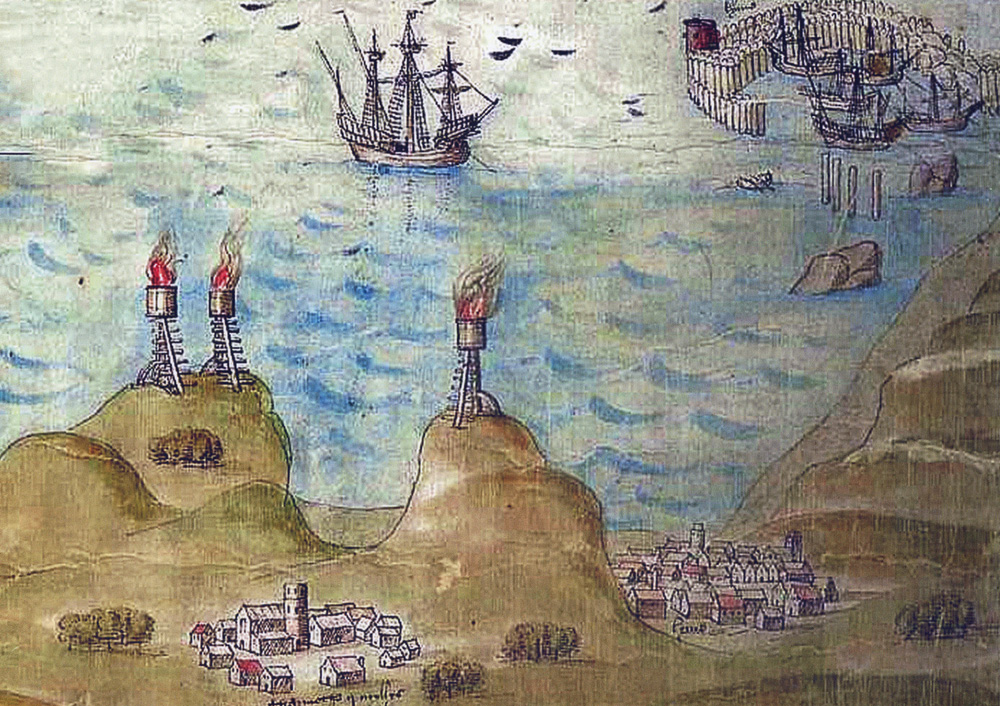
The parsonage there is thought to be worth £13 6s 8d yearly, which in the Queen's books as it is said, is valued at £8 or thereabout. The parson's living rises very much on tithe fish.
There is a stay or resting place for boats at the mouth of the river Char, and 9 fisher boats belong to the same, whereof it is said that the lord has no advantage, but query the head fishers.
There is some evidence of 16th century prosperity; the building of a new church circa 1503 (presumably on the old site) may possibly indicate a population increase and the Lay Subsidy of 1525, with 23 taxpayers may suggest a total population of around 200 [Da we, n.d.]. Leland in 1540, called C.harmouth "a good fisher town"
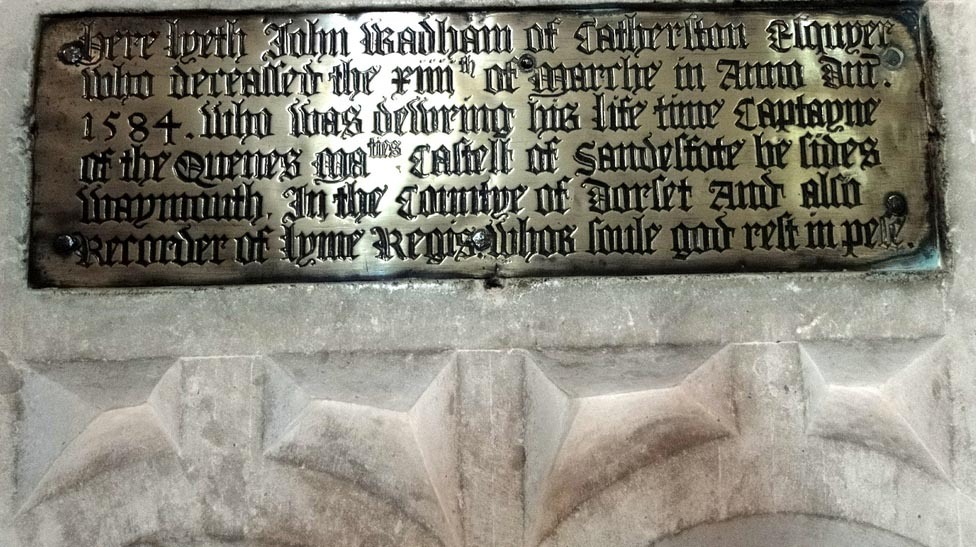
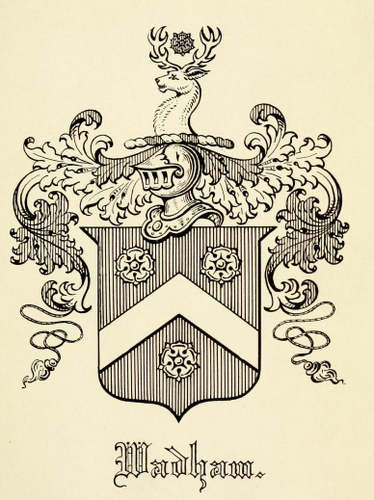
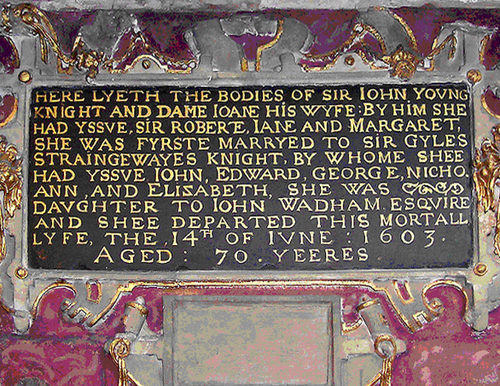
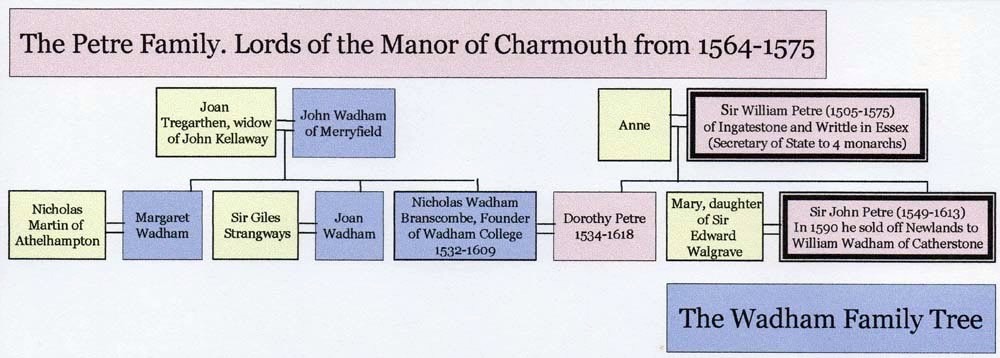
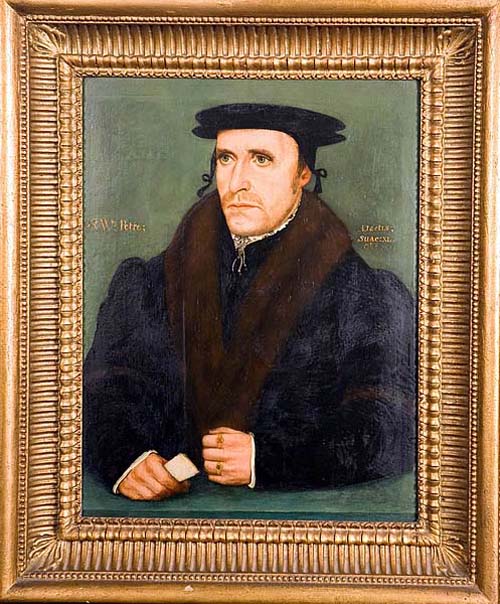
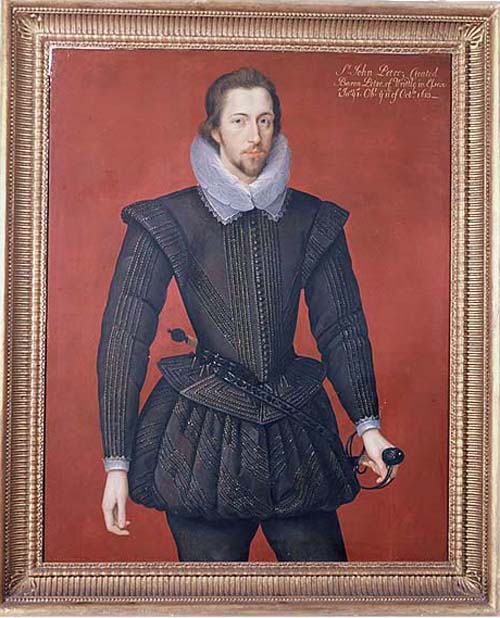
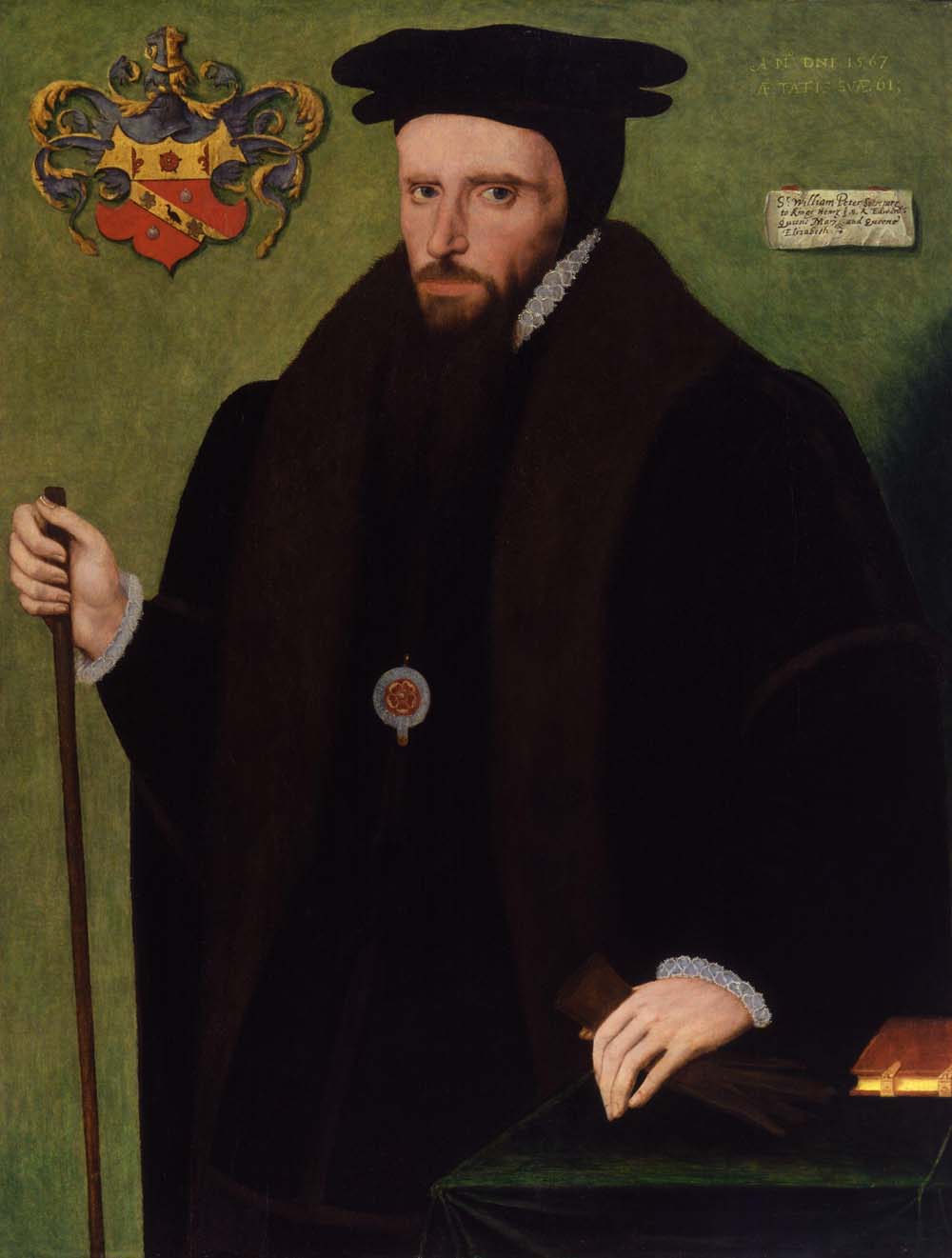
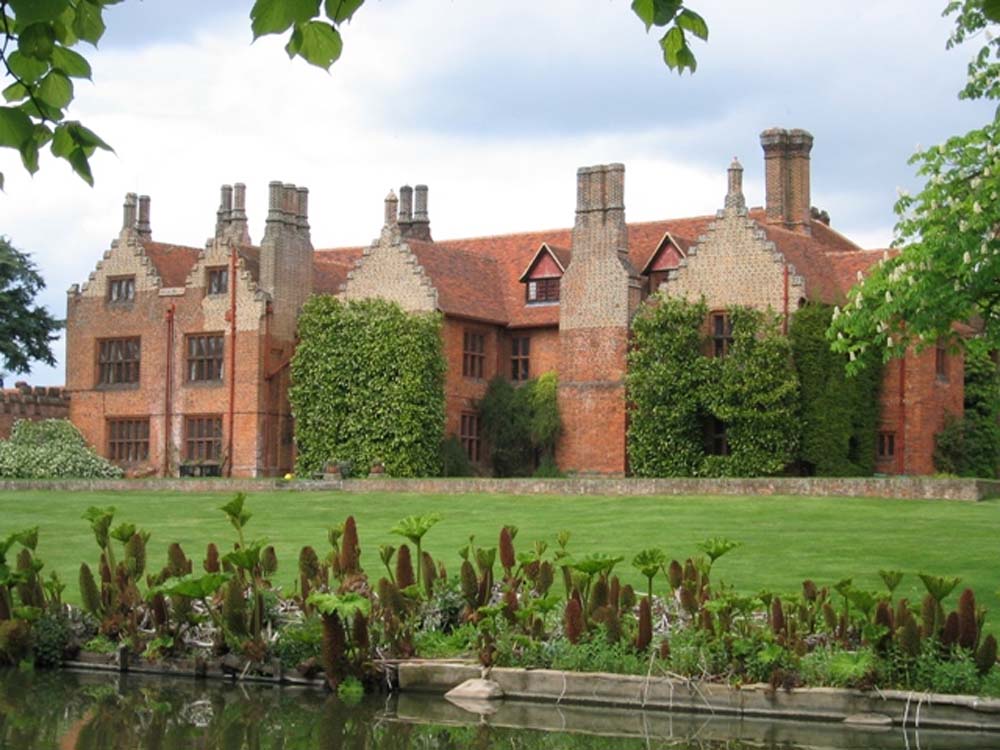
Ater 1564; Queen Elizabeth sold it to Robert and William Caldwell for just £25.5s.1d, and in the same yethe many centuries of control by the Abbots of Forde Abbey, the Manor was briefly owned by the Crown and in ar Sir William Petre was to purchase it. The original Charter was included in the deeds to the Manor and in 1853 it was copied out by Matthew Liddon to prove his ownership of the foreshore. It is very long and seems to apply to all the lands and buildings in the village. A comprehensive survey was instigated by Sir William soon after he bought it and can be seen amongst the rental books for the family now kept in the Devon Record Office in Exeter. It details all the tenants and their lands and buildings at that time and provides an insight into the village during the transition from the Abbey.
Sir William was immensely wealthy and used his position as Secretary of State for King's Henry VIII, Edward, Queen's Mary and Elizabeth to increase it with the dissolution of the monastic estates. He was known to have 36,000 acres in Devon alone.
The house he had built, Ingatestone in Essex is still home for his descendants. He died in 1572 and briefly his son Sir John Petre owned Charmouth. Altogether they were to be landlords for just 10 years, but there is a record of this time in the Deeds to several houses in the village which detail Sir John giving 2000 years leases on them. Amongst them is “The Elms” on the Street that shows that on 27th April 1575 he leased it to Richard Piers of Lyme. The family tree for the Petres detail that Sir William's daughter, Dorothy married Nicholas Wadham of Branscombe in Devon and with their combined wealth were able to build and endow Wadham College in Oxford which still has statues of them both above it's Gateway. Another branch of the Wadhams were also to become Lords of the Manor of Catherston, which adjoins Charmouth. In 1590 they added to their Estate by purchasing Newlands in Charmouth from their cousin, Sir John Petre.
(i) Sir William Petre (1505-1572)
I have recently discovered that Sir William Petre had a Survey commissioned of Charmouth in 1564. It can now be seen amongst the Petre Papers ( 123M/E30) at the Devon Record Office in Exeter. It is very detailed and lists tenants and their properties, but is in old English and needs to be deciphered. When translated it would be of enormous value as it is a snapshot of the village as it appeared after 3 centuries of being owned by the Abbey. He was immensely wealthy and used his position of Secretary of State under four Monarchs to improve his position. He is known to have had over 36,000 acres in Devon alone. He lived in a huge Mansion at Ingatestone in Essex, where succeeding generations continued to live. On the death of Sir Henry Grey, third Marquis of Dorset, and that of his daughter, Lady Jane Grey (The Queen for a Day), all the family properties were confiscated by the Crown, and it was to Sir William Petre, her principal Secretary of State, that Queen Mary granted many of the great estates, including the Manor of Shute, near Axminster. He was in a favourable position to take advantage of the break up of the monastic estate. His daughter Dorothy married Nicholas Wadham of Branscombe, Devon and inherited part of his wealth and was able to assist in building and endowing Wadham College in Oxford. Another branch of the Wadhams were also Lords of the Manor of Catherston , which adjoins Charmouth and were briefly owners of Newlands Farm.
(ii) Sir John Petre (1549-1613)
John Petre was the only surviving son of the statesman Sir William Petre by his second wife Anne, daughter of William Browne. He sat as a M.P. for Essex from 1584 to 1587 and also served as Lord Lieutenant of Essex. In 1603 he was raised to the peerage as Baron Petre, of Writtle in the County of Essex by James I. He publicly acknowledged that he was a Roman Catholic and his descendants have remained loyal to Catholicism ever since.
Both the present day “Elms” and “Limes” on the Street have deeds that show in 1575 they belonged to Sir John Petre and were being leased for 2,000 years by him. Pavey mentions that two other houses in Charmouth had similar leases, but had been lost. Later in 1590 Sir John severed Newlands Farm off from the Manor when it was sold to William Wadham of Catherston.
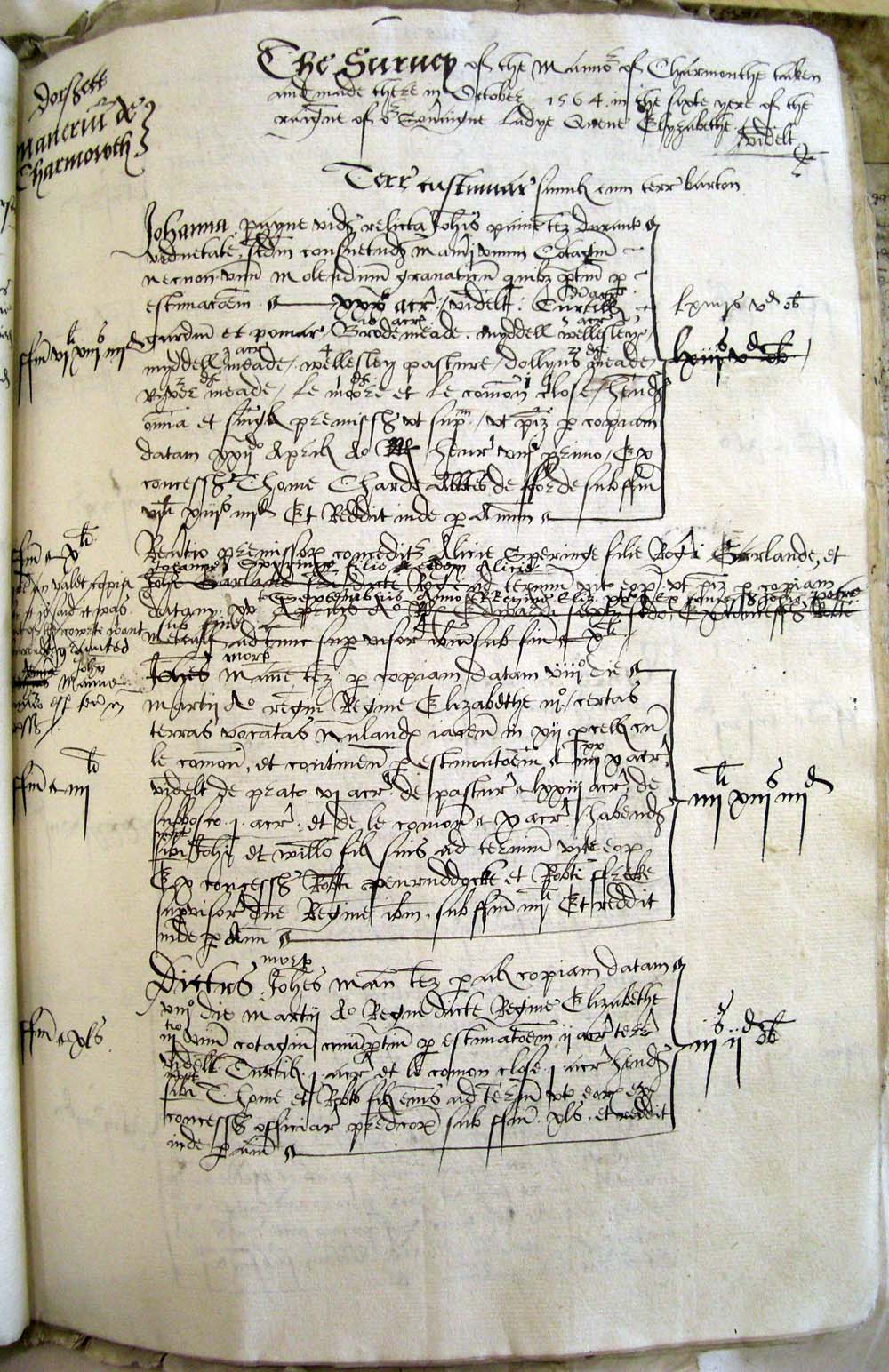
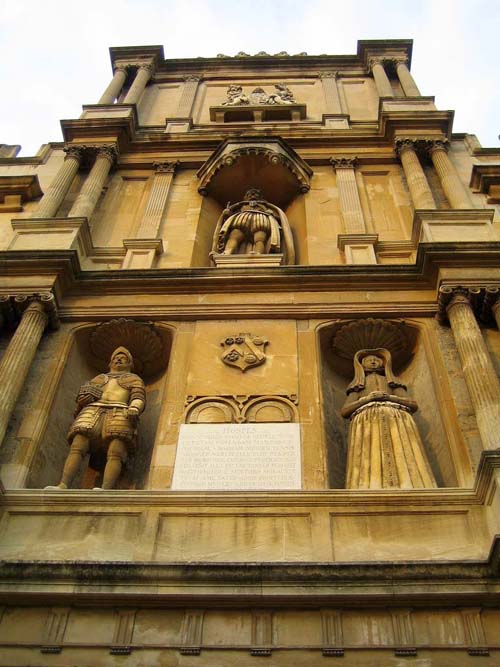
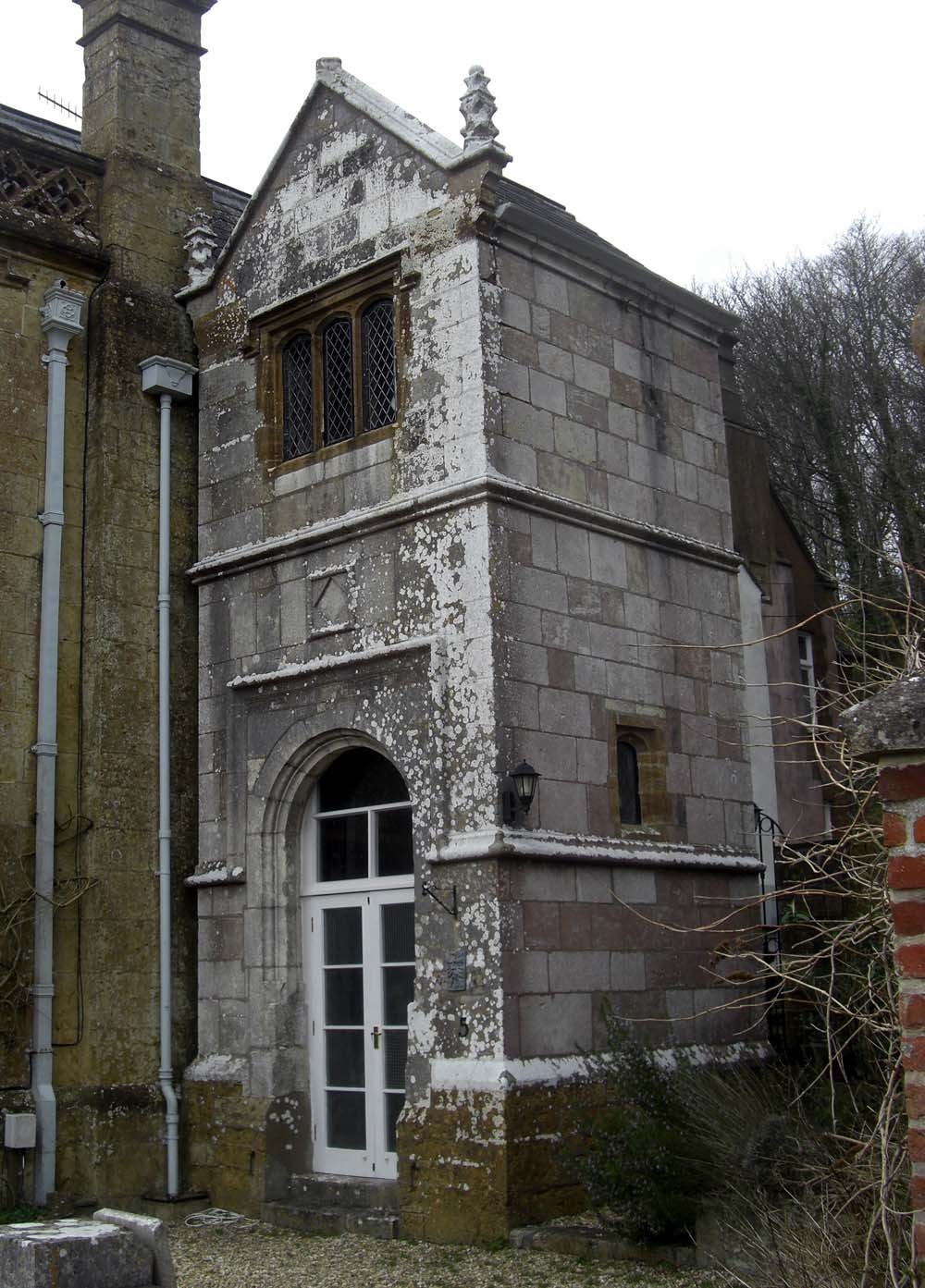
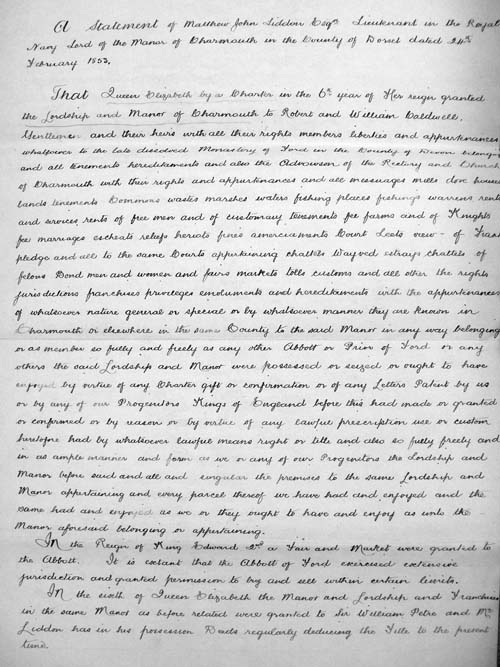
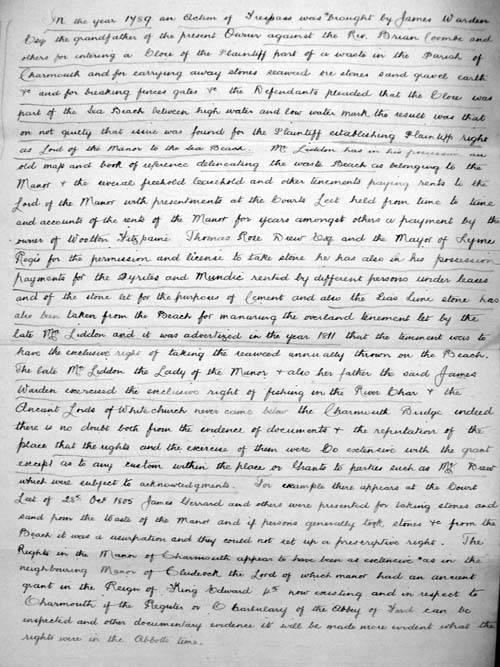
That Queen Elizabeth in the 6th year of Her reign (1564) granted the Lordship and Manor to Robert and William Caldwell, Gentlemen and their heirs with all their rights , members, liberties and appurtenances whatsoever to the late dissolved Monastery of Ford in the County of Devon belonging and all tenements, heriditaments and also the Advowson of the Recory and Church of Charmouth with their rights and appurtenances and all messuages, mills, dove houses, lands, tenements, commons, wastes, marshes, waters, fishing places, fishings, warrens, rents and services, rents of free men and of customary tenements , fee farms and of Knights fee marriages escheats relief heriots fines amerciaments court lets view of Frank pledge and all the same Courts appertaining chattels Wayved strays chattels of felons Bond men and women and fairs markets tolls customs and all other the rights jurisdictions franchises privileges emoluments and heritaments with the appurtenances of whatsoever nature general or special or by whatsoever manner they are known in Charmouth or elsewhere in the same County to the said Manor in any way belonging or as member so fully and freely as any other Abbott or Prior of Ford or any others the said Lordship and manor were possessed or seized or ought to have enjoyed by virtue of any Charter, Gift or confirmation or any Letters Patent by us or by any of our Progenitors Kings of England before this had made or granted or confirmed or by reason or by virtue of any lawful prescription use or custom heretofore had by whatsoever lawful means right or title and also so fully freely and in as ample manner and form as we or any Progenitors the Lordship and manor before said and all and singular the premises to the said Lordship and manor appertaining and every parcel thereof we have had and enjoyed and the same had and enjoyed as we or they ought to have and enjoy as unto the manor aforesaid belonging and appertaining.